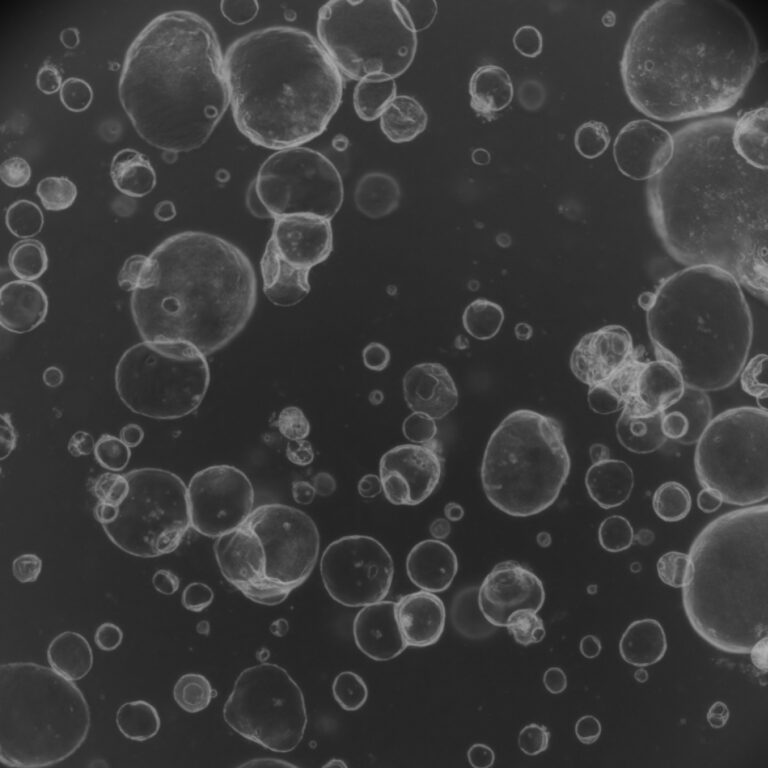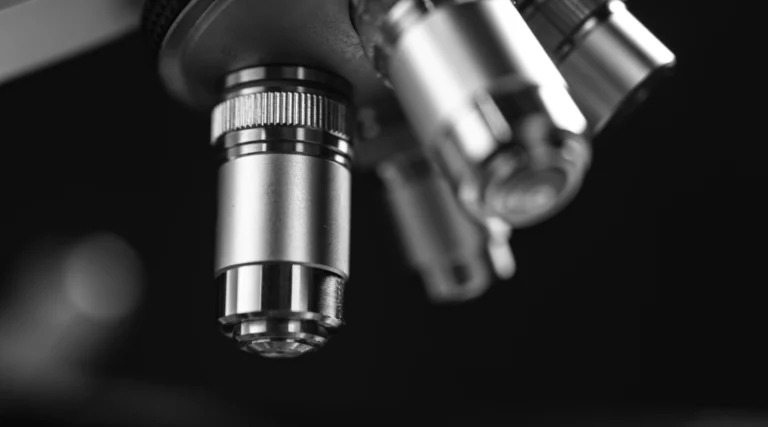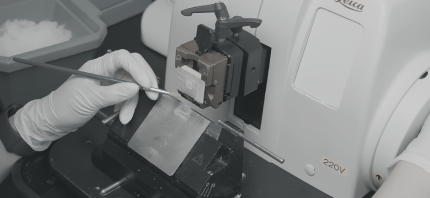EPO: The Unexpected Tumor Immunosuppression Master Switch
Journal: Science
Author: David Kung-Chun Chiu et al., USA
Researchers discovered that tumor-secreted erythropoietin (EPO) reprograms macrophages to create a tumor-friendly environment by blocking T-cell activity. Targeting the EPO pathway converts immunologically “cold” tumors to “hot,” making them responsive to immunotherapy.
Vascularized Placental Organoids Reveal Antiviral Defenses
Journal: Communications Biology
Author: Yaqing Wang et al., China
Scientists engineered human placental organoids with vascular endothelium that mimic early placental development. These enhanced organoids showed improved viability, activated immune pathways, and reduced susceptibility to Zika virus, highlighting the crucial role of the vascular niche.
High-Resolution Maps Uncover Pancreatic Cancer’s Adaptive Strategies
Journal: Nature
Author: Guangsheng Pei et al., USA
Spatially resolved transcriptomics of metastatic pancreatic cancer revealed how tumors adapt as they spread to different organs. The study identified unique cancer cell states, specific microenvironment interactions, and immune exclusion mechanisms that contribute to treatment resistance.
Two-Step Process Improves CRISPR Efficiency
Journal: Molecular Cell
Author: Honglue Shi et al., USA
Researchers identified the molecular basis for efficient CRISPR-Cas9 editing, revealing a trade-off between broad PAM recognition and editing effectiveness. The discovered two-step process—selective PAM binding followed by rapid DNA unwinding—offers a foundation for engineering more effective gene editors.



